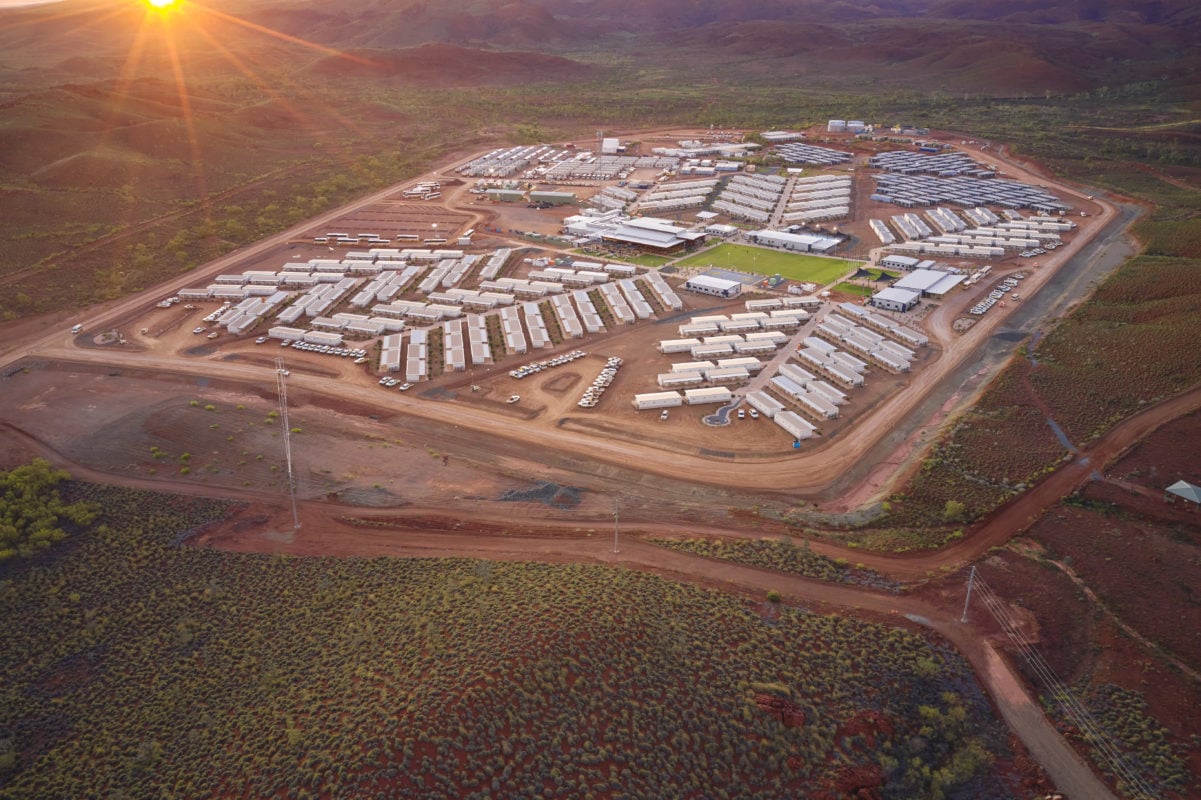Australia's Green Hydrogen Revolution: Harnessing Solar PV and Wind for Future Growth
Key Ideas
- Australia's green hydrogen production goals are centered around utilizing solar PV and wind energy due to their cost-effectiveness in renewable energy generation.
- The country's vast coastal regions offer ample opportunities for hybrid wind and solar projects to produce green hydrogen at lower rates.
- Australia leads in the global hydrogen pipeline, accounting for 20% of announced projects globally, positioning itself as a potential renewable energy superpower.
- The government's updated National Hydrogen Strategy outlines ambitious targets, including producing at least 15 million tonnes of hydrogen annually by 2050, supported by a Hydrogen Production Tax Incentive.
Australia is stepping up its efforts to become a global leader in green hydrogen production, utilizing solar PV and wind energy as key drivers. The country has seen significant growth in large-scale solar PV installations, outpacing wind energy additions in the past year. The aim is to drive down the cost of electricity production to enable more affordable green hydrogen. Coastal regions like Western Australia, South Australia, and Queensland are prime locations for hybrid solar and wind projects. Additionally, underground salt cavern storage facilities offer a cost-effective and safe method for hydrogen storage. Australia's focus on renewable hydrogen is part of a larger strategy to leverage its wind and solar resources for low-cost production, with the goal of achieving a levelised cost of electricity below A$20 per megawatt hour by 2030.
Australia's substantial hydrogen pipeline represents half of all export-oriented projects globally, with a value exceeding A$225 billion. The country plans to export hydrogen as an energy carrier and use it in local manufacturing processes. To support this growth, the government has introduced a Hydrogen Production Tax Incentive and set ambitious production targets for 2050. Early schemes like the Hydrogen Headstart program aim to bridge the financial gap for renewable hydrogen producers. The initiative also focuses on identifying sectors like green metals and ammonia that could drive early demand for green hydrogen. With these strategic plans in place, Australia aims to capitalize on its hydrogen potential and establish itself as a key player in the global green energy market.
